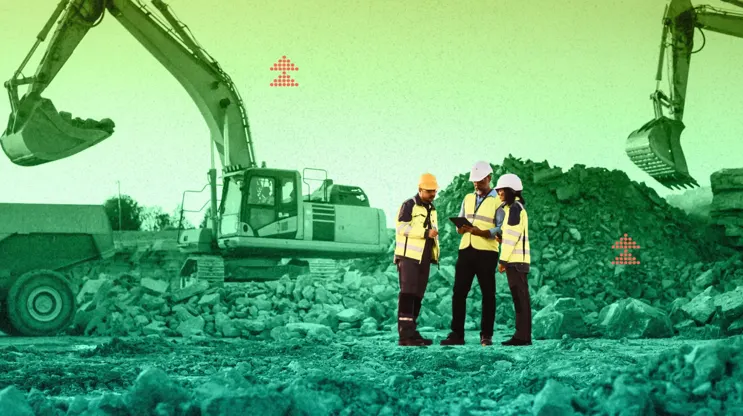
The siren song of being first to market has many verses. By definition, you have little to no competition (at least to begin with). This has alluring advantages ranging from pricing to brand positioning, among many others. When you get to set the stage, your brand can become the icon for its segment. Think of Band-Aid for bandages and Kleenex for facial tissues.
Companies that are first to market can stake out and control their territory, whether it’s physical (geographic, for example), virtual, or even intellectual. You can own the space, and if you leverage that effectively, for some time to come. You’ll also have the opportunity to learn by doing and improve your offering through real-world feedback. It’s lower risk to beta test something in the absence of competition than to beta test and fail in an established marketplace. Success can readily be expanded or replicated in other markets.
So, yes, being first to market is tempting. But don’t underestimate the disadvantages.
ROCKY SHOALS AHEAD
To continue the siren song analogy, being first to market puts you in dangerous waters. If your boat runs aground, it can cost you dearly. You’ll need anchors that you just won’t have yet as there will likely be less supplier and vendor infrastructure in place.
Subscribe to the Daily newsletter.Fast Company’s trending stories delivered to you every day
Privacy Policy
|
Fast Company Newsletters
You’ll also incur considerable marketing costs to help educate and attract customers. If you’re the first brand on the scene, customers may not have a frame of reference for evaluation, comparison, and purchase decision making. Early adopters will be quick to jump at an opportunity, but they’re likely to represent a relatively small segment of your target audiences.
Finally, the levels and layers, the breadth and depth, of risk cannot be understated. You are sailing into uncharted territory, and failure is, indeed, an option.
A CHANCE TO LEAD THE MARKET ON RESIDENTIAL REBUILDING
In January 2025, the Eaton Fire in Los Angeles County burned for 24 days and destroyed more than 9,000 buildings, an unknown number of which were individual houses. Being in the real estate industry, I saw an opportunity to be among the first builders to start constructing new single-family homes in Altadena, one of the affected areas. There would certainly be residents who wanted to rebuild rather than move. So we decided to buy entire cul-de-sacs and build all the homes, knowing we’d be creating community in those areas, rather than isolated homes amidst rubble.
Of course, we kept our eyes open about the pros and cons of this approach. Regulatory costs are a huge consideration with any type of construction, and we’d never built homes in Los Angeles County before. But, the County has been expediting the issuance of building permits, speeding up the process and reducing the cost. Being able to build right away means I know the rough cost of steel, wood, other materials, appliances, and labor up front. That’s a first-to-market advantage because costs pretty much only go up over time—an especially clear-cut risk given the uncertainties regarding tariffs.
Will all this turn out to be a huge success? Ask me again around the holidays. But for now, we’re charging ahead.
GEARING UP TO BE FIRST TO MARKET
So, what do you need to do to leverage the rewards and mitigate the risks of being first to market?
advertisement
First, I highly recommend you have a Plan B. For example, we considered what would happen if the homes we built don’t sell and we need to turn them into rentals instead. We’d still make money, so the downside risk was significantly reduced.
Second, you need to be ready to move fast. Opportunities don’t wait, and pioneers are more successful than followers. Keep in mind that companies with Boards of Directors need to present a compelling case for being first to market. Developing and presenting that, then getting the go-ahead, takes time. If you can speed up the process—or avoid it entirely—you’ll be in a good place to own the space.
Finally, take a hard look at the fundamentals. How many others are waiting to jump in or already have? What infrastructure do you need, and is it there? We targeted lots near parks and other amenities, like food stores, transportation options, and even Starbucks.
WHAT IS YOUR RISK TOLERANCE?
Being first to market has huge potential upsides in both the short and long term. After all, it’s hard to overtake a market leader. But being first also has significant risks. To answer the question of whether you should be first to market, start with whether you have the stomach for that level of risk. If you do, then you’re on your way to setting the stage and cementing your status as a business to remember.
I’m in real estate. I take risks.



